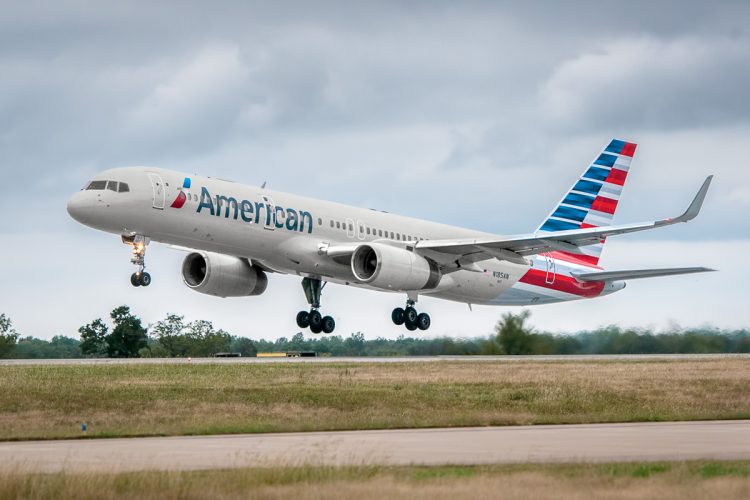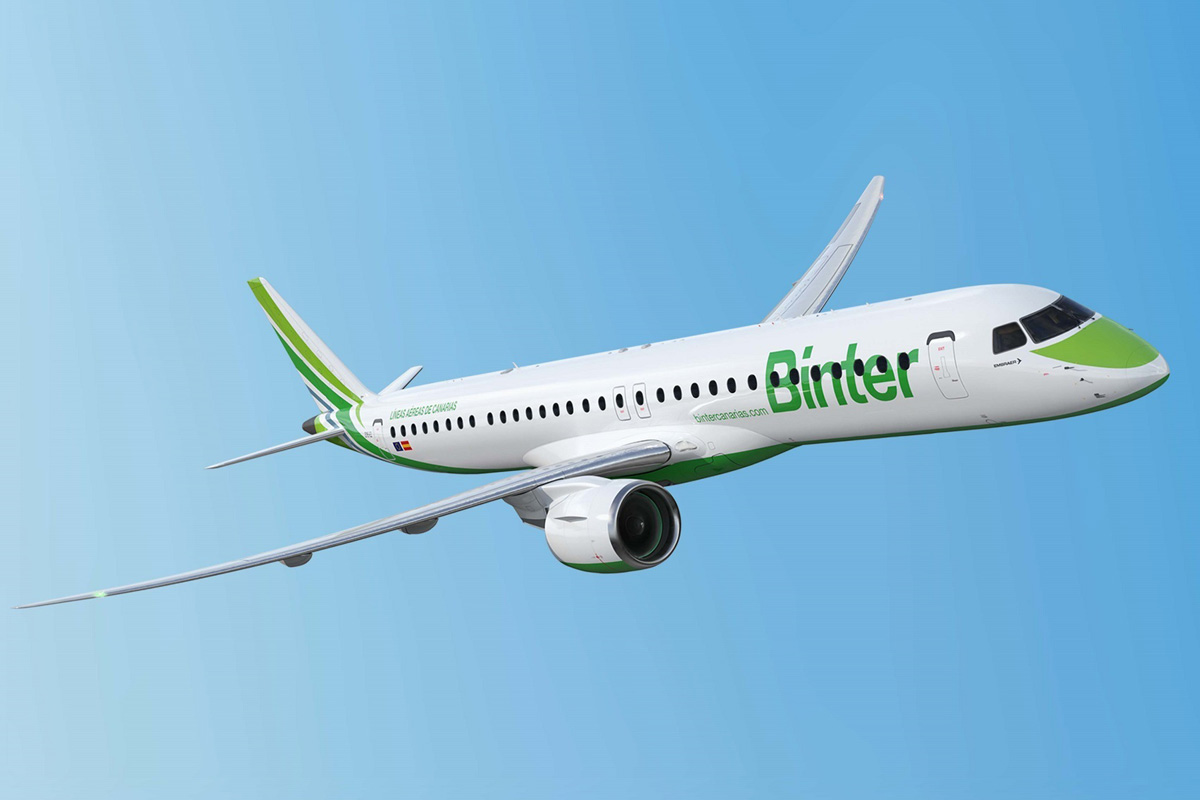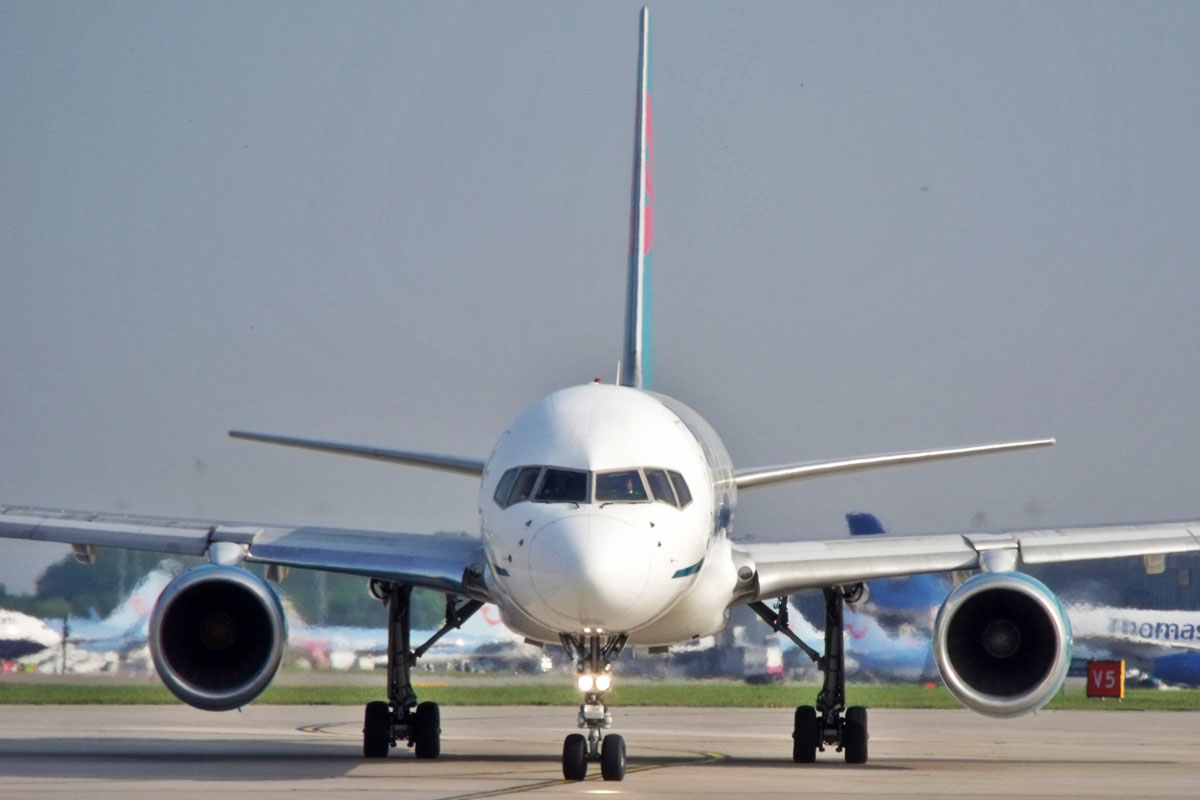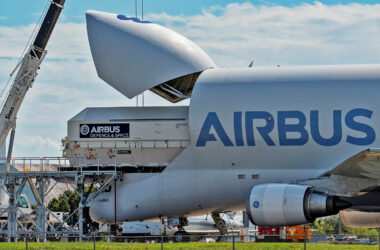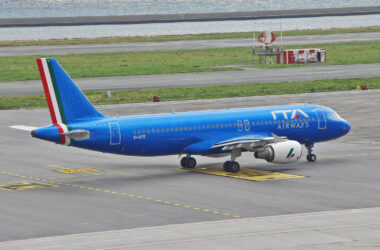Airbus delivered this week the first A321LR, the longest-running version of the European jet. The company that will debut the aircraft is Arkia Israeli Airlines that has leased three units.
With the new A321, the airline will be able to fly from Tel Aviv, where it is based, to destinations in China, Southeast Asia, the entire African continent and almost to South America thanks to the huge range of Airbus aircraft.
According to the manufacturer, it is capable of flying distances of up to 4,000 nm (7,400 km) and committing about 30% of fuel compared to older competitors like the Boeing 757. Arkia will fly with an internal configuration for 220 passengers in a single class.
The A321LR is a version based on the A321neo but can carry more fuel because of three extra tanks and carry up to 240 passengers – its takeoff weight is also higher, at 97 tons, almost four more than the common model.
With this performance, Airbus can fly transatlantic distances thanks to 180-minute ETOPS clearance – which means it can fly with only one engine in regions that are three hours away from an alternative airport. In tests, the A321LR has flown almost 8,800 km, the longest distance ever traveled by a narrowbody.

A321XLR on the way?
The good results obtained by Airbus with the A321LR have put in check some commercial airplanes. Not only the 737, its biggest rival, will have a larger and well-reaching version, the MAX 10, but also some widebodies are under threat of losing customers. The reason is that the ability of an A321LR already rivals this large aircraft, but with a much lower operating cost. It’s no wonder that Airbus now plans to launch an A321XLR, with even greater autonomy.
The new longer-range and passenger-space versions of the A320 and 737 models also appear as the surrogate ideas for the Boeing 757 veterans. The American jet launched in 1983 was Boeing’s first long-range twin-engine narrow-body but had a career of ups and downs.
The 757 began its domestic long-haul flights, especially in the United States, and only later on did it venture into less-desirable international routes, including transatlantic flights, where it has consolidated, even though it has been out of line since 2004.
See also: First Airbus A321neo starts flying with Virgin
